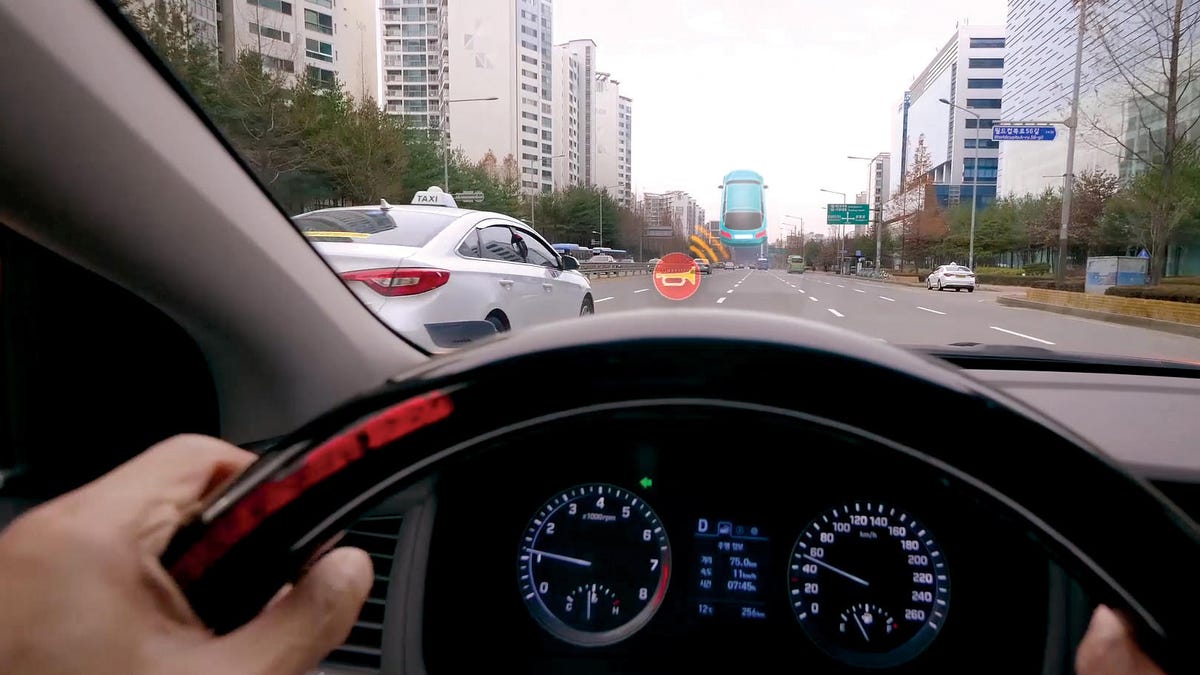Hyundai tech converts sound to visuals, vibration for hearing-impaired drivers
The automaker showed off its tech in a video featuring a hearing-impaired taxi driver.
Hearing-impaired drivers have to worry about a lot more than other drivers, and Hyundai thinks its new tech can make life a lot easier for them.
Hyundai has unveiled two driver-assist systems aimed specifically at those who are hard of hearing. The two systems, called Audio-Visual Conversion and Audio-Tactile Conversion, work in conjunction to make sure hearing-impaired drivers are able to know what's around them so they can react appropriately.
Both systems use artificial intelligence to determine specific sounds, like emergency vehicle sirens, and convert them for hearing-impaired drivers. Audio-Visual Conversion changes sounds into visual warnings that appear in a head-up display, whereas Audio-Tactile Conversion (as you might guess) changes sound into vibrations felt through the steering wheel.
Hyundai also put out a new video to showcase how this tech can truly help people. They highlight the story of Daeho Lee, a hearing-impaired taxi driver who was suffering burnout from having to rely on his vision more than other drivers -- he had trouble hearing sirens and horns that other drivers would usually react to.
Many automakers use tech to create driver-assist systems that complement a driver's experience, but rarely does that tech get adapted to help drivers who could use some help overcoming an impairment.


